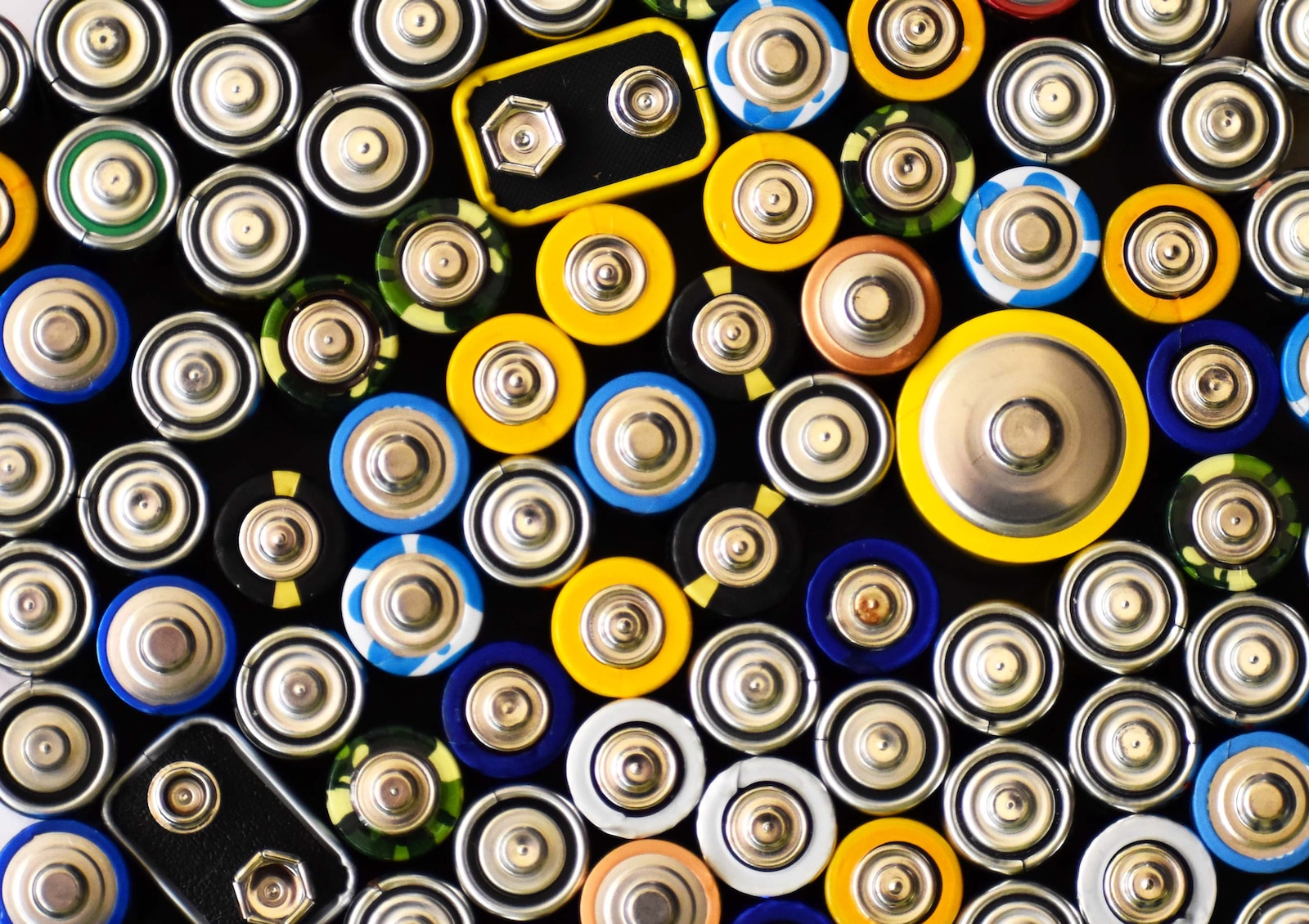Experimental new battery also retains 80% of charge are 6,000 recharges, and safely – with game-changing implications for electric vehicles (EVs)
We use lithium-ion batteries in all kinds of devices such as mobile phones and laptops. In fact, the invention of lithium-ion batteries meant such mobile devices were possible in the first place.

Photo by Vardan Papikyan
But the lithium-ion batteries in EVs tend to be large and heavy. They also take a long time to charge: ‘ultra-rapid’ chargers, which are the fastest generally available, can take 10-15 minutes to charge an EV to 80%. The more common ‘rapid’ chargers might take 20-40 minutes to reach the same level. ‘Fast’ chargers can take hours.
Anything that can speed up the process and reduce the weight of these batteries would be an enormous boon to the industry – and further encourage take-up of EVs.
That’s the challenge being tackled by a team of researchers at Harvard John A Paulson School of Engineering and Applied Sciences (SEAS).
Over the years, there has been speculation that there might be increased capacity in lithium-metal rather than lithium-ion batteries. That would mean the same-sized battery in an EV would offer much greater mileage – or, indeed, that the same mileage would be possible from a smaller, lighter battery.
‘Previous research had found that other materials, including silver, could serve as good materials at the anode for solid state batteries,’ says Xin Li, Associate Professor of Materials Science at SEAS.
But, to date, the big issue with such lithium-metal batteries has been the increased risk of fire – or even that such batteries explore.
Now the SEAS has published what looks like a significant breakthrough in academic journal Nature Materials. ‘Fast cycling of lithium metal in solid-state batteries by constriction-susceptible anode materials’ focuses on lithium-silicon batteries, but also looks at other metals such as lithium-silver and lithium-magnesium.
The results from these studies of lithium-metal could be game-changing. To explain why, we need to dig into the science.
The challenge is involved in the chemistry going on inside the battery as it charges and discharges. In charging, lithium ions move from the battery’s cathode to its anode. But during this process, root-like dendrites can attach to the anode in a process called ‘plating’. The effect is a little like plaque forming on teeth, creating an unwanted, rough and uneven surface.
In discharging, the process is reversed and the plating is stripped from the anode. But the rough, uneven surface means that dendrites are more likely to ‘stick’ or take root. This can slow down the stripping process and even damage the anode, producing something like potholes on its surface – which makes the surface more rough and uneven.
Of course, the effect only worsens each time the battery is charged and discharged. In some cases, this can result in so much damage to the internal workings that the battery is liable to catch fire or explode. But now we understand how this damage occurs, we can take steps to prevent it.
The team at SEAS has developed a way to stop dendrites forming at all by using micron-sized silicon particles.
‘In our design, lithium metal gets wrapped around the silicon particle, like a hard chocolate shell around a hazelnut core in a chocolate truffle,’ explains Xin Li, who is a senior author of the research paper.
The result is a homogenous, smooth surface meaning that facilitates quick, easy plating and stripping each time – and a battery which can be recharged in a very quick 10 minutes. What’s more the smooth surface is retained over repeated charging cycles, so remains in good working order. As evidence, the team built a ‘pouch cell’ version of such a battery which retained 80% of its charge after 6,000 charge cycles. This significantly outperforms many commercially available pouch cells.
The team’s pouch cell was only the size of a postage stamp, but that is still 10 to 20 times larger than the pouch cells used in most research labs, and the researchers are already working on developing a phone-sized pouch cell battery.
Xin Li continues: ‘Lithium metal anode batteries are considered the holy grail of batteries because they have 10 times the capacity of commercial graphite anodes and could drastically increase the driving distance of electric vehicles.
‘Our research is an important step toward more practical solid-state batteries for industrial and commercial applications.’
In related news:













Leave a Reply